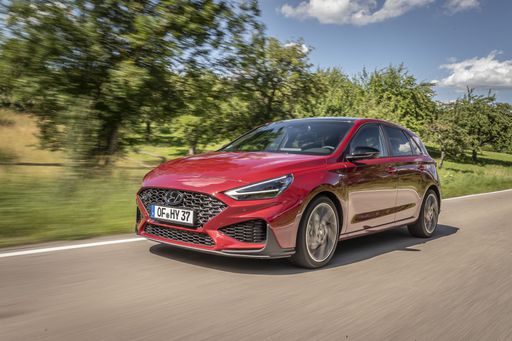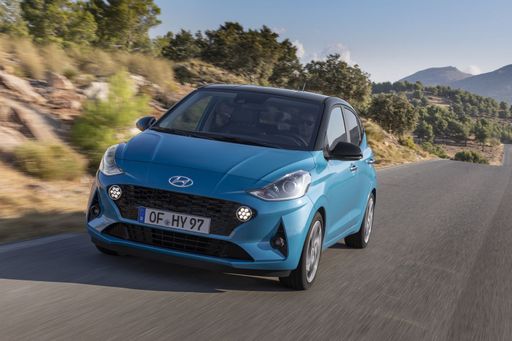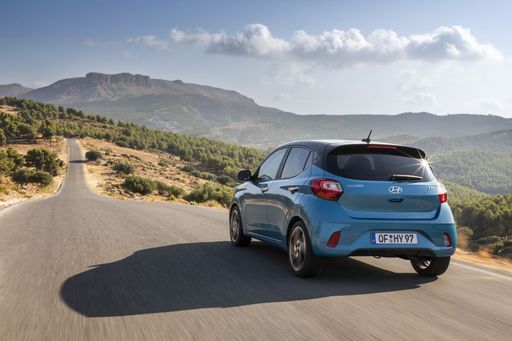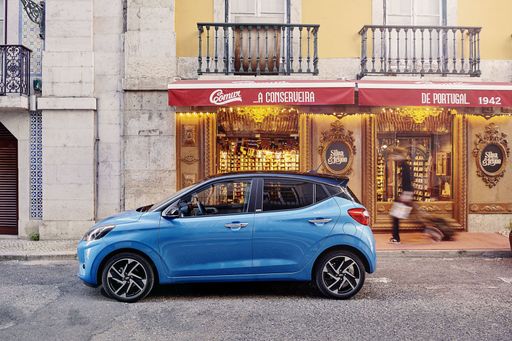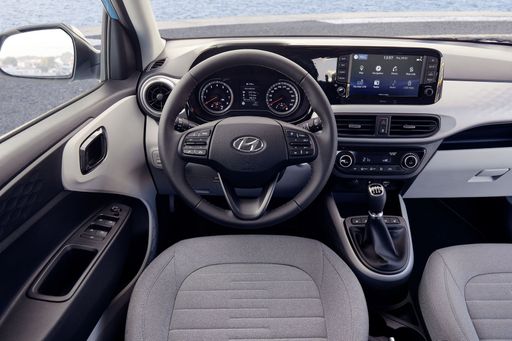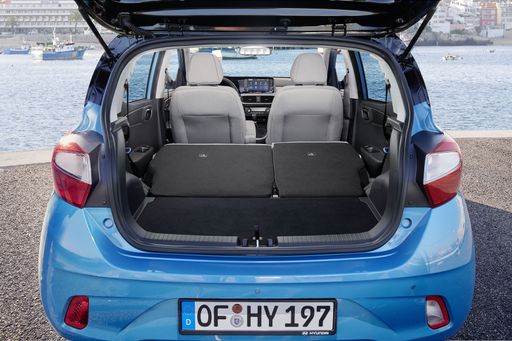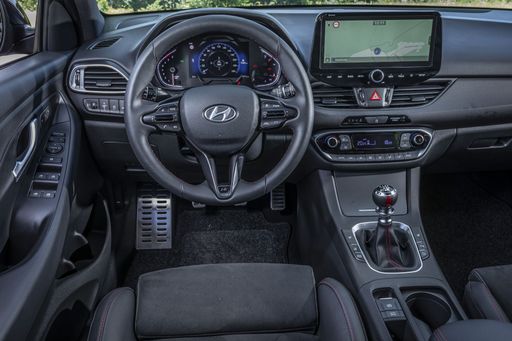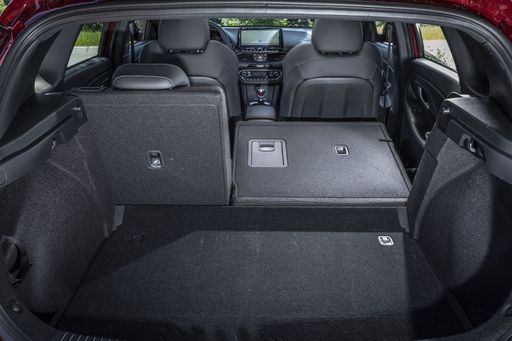Hyundai i10 vs Hyundai i30: A Comprehensive Comparison
Hyundai has consistently delivered vehicles that are both reliable and stylish, capturing the attention of car enthusiasts. In this comparison, we delve into two of Hyundai's well-regarded hatchbacks: the compact and nimble Hyundai i10, and its bigger sibling, the more robust Hyundai i30. Both models offer unique driving experiences and modern innovations, appealing to different segments of the market. Let's see how they stack up against each other in terms of technical aspects and innovations.

